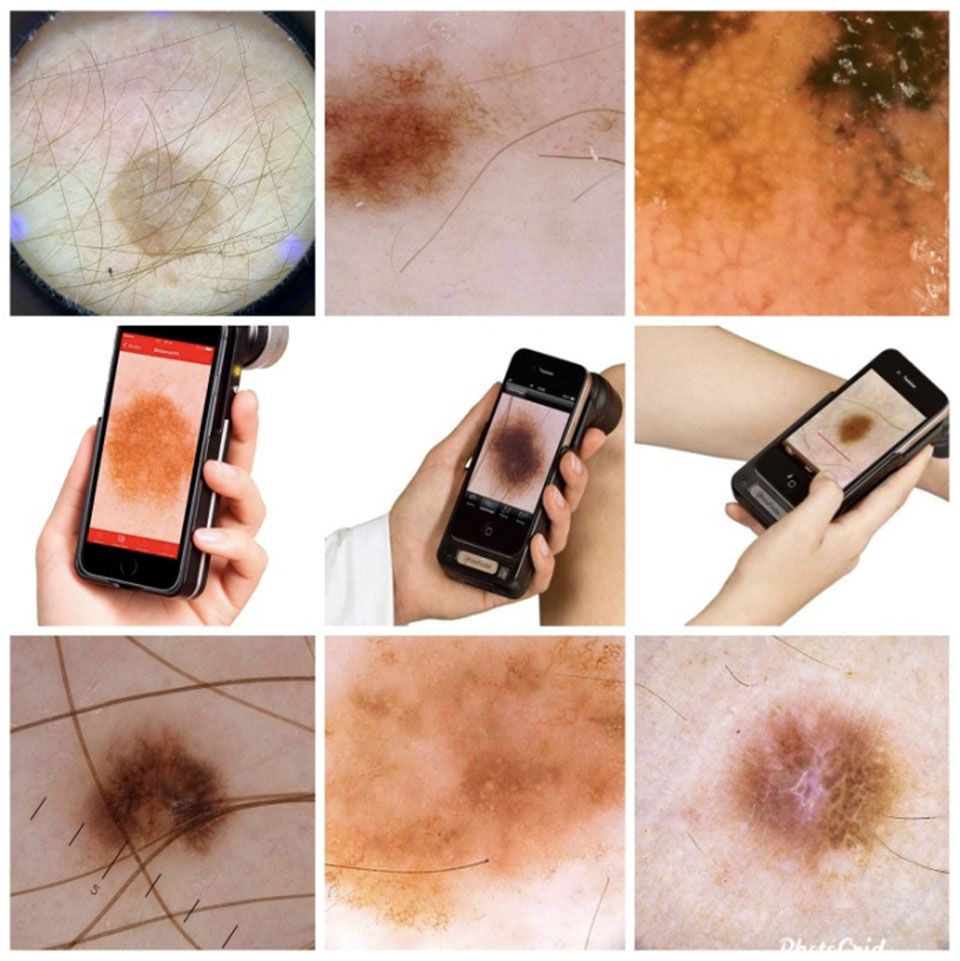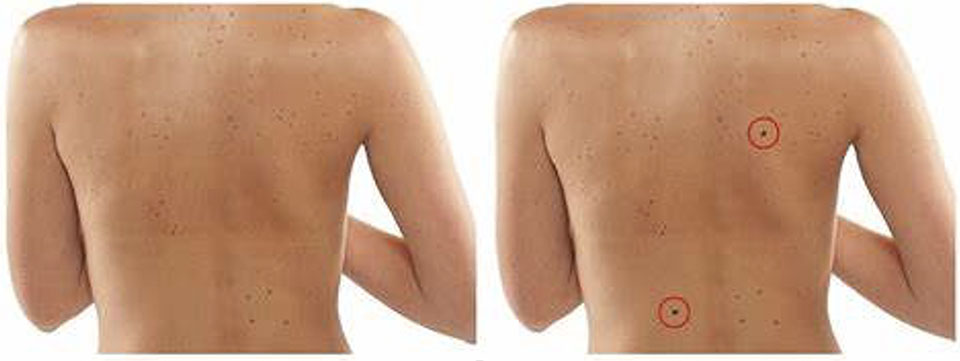Mole Mapping Guide – Everything You Need To Know
If you are at higher risk for skin cancer because of certain factors (history of a bad sunburn, a large number of moles, personal or family history of skin cancer, etc.) you may want to see your doctor and get advice on what precautions you could take including if mole mapping would be helpful for you.
What is Mole Mapping?
Mole mapping is a clinical process, where a clinician or doctor uses a purpose-built device (DERMATOSCOPE) to digitally photograph skin moles and other lesions.
The photos taken are often in high resolution which lets our trained medical professional get a magnified view of a mole or mark on the skin.
The digital mole map photos can then be stored for later viewing to see if any moles or marks have changed.
Read more about our mole mapping technology

What Are the Benefits of a Mole Map?
Skin cancers, including melanoma, are difficult to diagnose. A change in a lesion is an important sign that the lesion should be examined further.
Mole Mapping benefits:
- Provides a documented history of your moles and lesions.
- Can be helpful in determining skin changes based on the previous record.
- Critical lesions could be removed at an earlier stage based on the recommendation from a dermatologist.
- Dermoscopy photos (magnified digital photos), often used in mole mapping, provide more information for the trained professional than regular digital photos.
If mole mapping is done as part of a full-body medical skin examination it may be possible for some concerning lesions to be identified even if the patient didn’t think they were suspicious.

A mole map can, therefore, help a professional document the history of your moles and lesions to see if any lesions change in the future. So in essence, this photographic record helps remove some of the worries about missing any future skin changes.
When thinking about getting your moles mapped, it’s important to be aware of the following:
- Over 70% of melanomas in adults appear as new moles or marks on the skin, rather than as changes to existing lesions.
- Don’t just keep an eye on moles, freckles and other marks that are mapped in the clinic.
- If you are over 35 years old, it is less common to develop new moles and you should be aware of any new lesions.
Mole mapping could be recommended for individuals who have:
- More than 50 moles
- Many atypical and unusual moles (moles that are large or have a mixture of colors, unusual shape or irregular borders)
- Previous personal or family history of melanoma
- Skin that has been once or more times severely sunburned
How Much Does Mole Mapping Cost and What to Expect?
The cost of the procedure will depend on whether you are just looking to get one lesion checked or if you are looking to get many moles mapped.
Costs depend on number of moles/areas being mapped from £150-300

